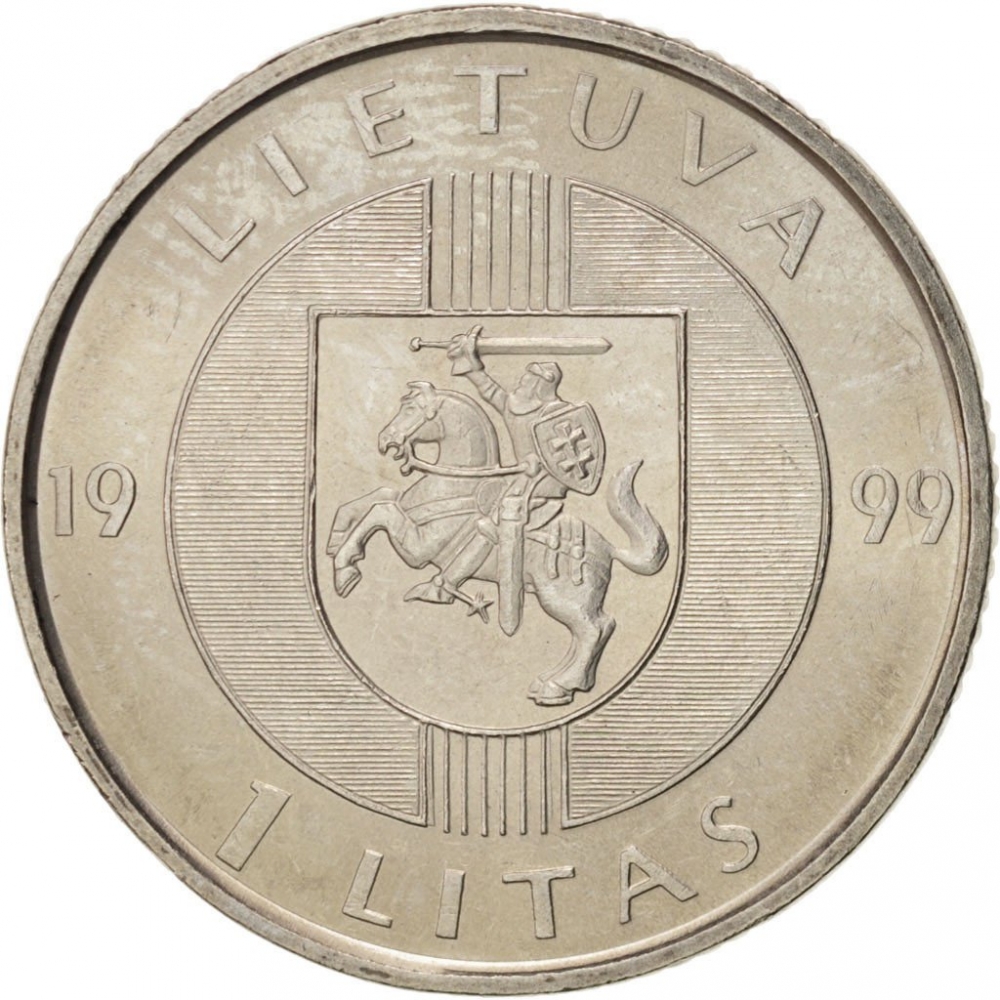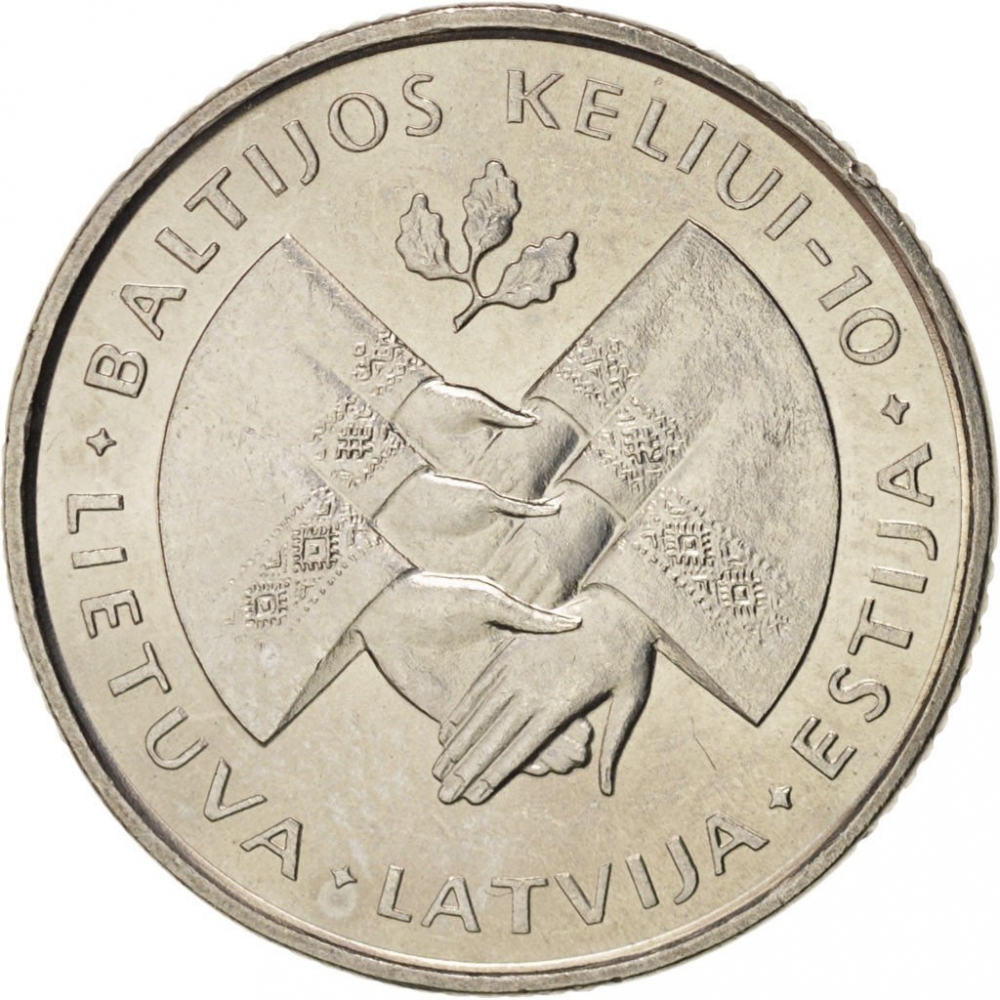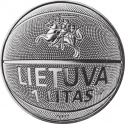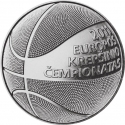You are about to finish your registration. Please check your mailbox (including spam folder). There should be a letter with a confirmation link. Check setting to make sure that your e-mail address is correct.
Send letter againDescription
The Baltic Way or Baltic Chain was a peaceful political demonstration that occurred on 23 August 1989. Approximately two million people joined their hands to form a human chain spanning 675.5 kilometres (419.7 mi) across the three Baltic states – Estonia, Latvia, and Lithuania, which were considered at the time to be constituent republics of the Soviet Union.
The demonstration originated in "Black Ribbon Day" protests held in the western cities in the 1980s. It marked the 50th anniversary of the Molotov–Ribbentrop Pact between the Soviet Union and Nazi Germany. The pact and its secret protocols divided Eastern Europe into spheres of influence and led to the occupation of the Baltic states in 1940. The event was organised by Baltic pro-independence movements: Rahvarinne of Estonia, the Tautas fronte of Latvia, and Sąjūdis of Lithuania. The protest was designed to draw global attention by demonstrating a popular desire for independence for each of the entities. It also illustrated solidarity among the three nations. It has been described as an effective publicity campaign, and an emotionally captivating and visually stunning scene. The event presented an opportunity for the Baltic activists to publicise the Soviet rule and position the question of Baltic independence not only as a political matter, but also as a moral issue. The Soviet authorities responded to the event with intense rhetoric, but failed to take any constructive actions that could bridge the widening gap between the Baltic republics and the rest of the Soviet Union. Within seven months of the protest, Lithuania became the first of the Soviet republics to declare independence.
After the Fall of Communism, 23 August has become an official remembrance day both in the Baltic countries, in the European Union and in other countries, known as the Black Ribbon Day or as the European Day of Remembrance for Victims of Stalinism and Nazism.
Engraver: Antanas Žukauskas
Obverse

|
National arms on shield within shaded circle divide date, country name and date below. LIETUVA |
|---|---|
Reverse

|
Design of six clasped hands with three oak leaves above encircled by text, representing the human chain formed during the protest between the three countries of Lithuania, Latvia and Estonia, surrounded by the inscriptions "10 Years For The Baltic Way" above and "Lithuania * Latvia * Estonia" below. BALTIJOS KELIUI-10 |
| Edge |
Characteristics
| Type | Commemorative Issue (Circulating) |
| Material | Cupronickel |
| Weight | 6.25 g |
| Diameter | 22.3 mm |
| Thickness | 2.2 mm |
| Shape |
|
| Alignment | Medal |
| Mint |
Lithuanian Mint (LMK)
|



